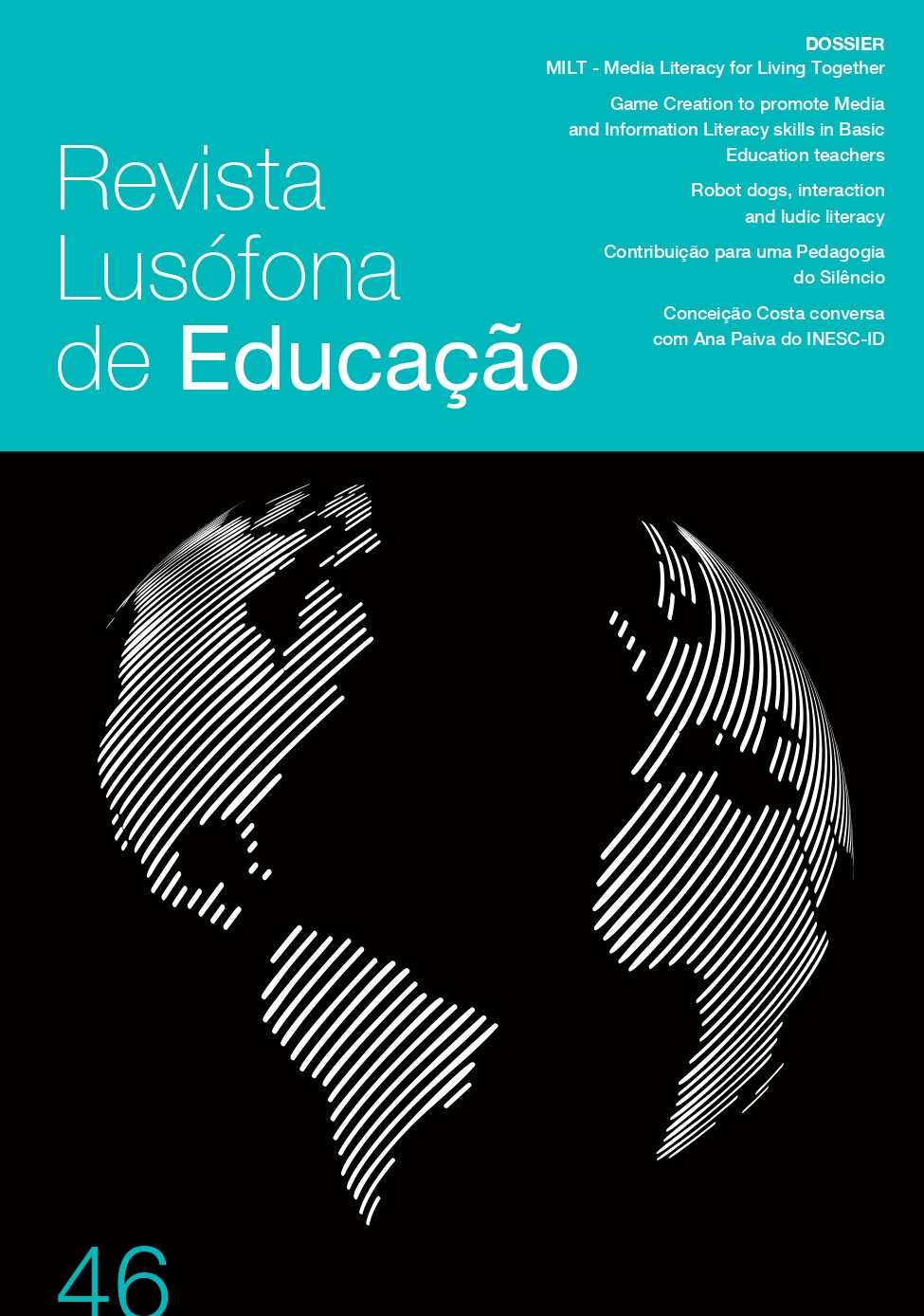Cognitive room for Design education: Theoretical aspects
Resumo
The normal aspect of rooms dedicated to Design education tends to use exhibitions of actual and past student’s work as a strategy to inspire creativity in their students. On other hand, the maintenance of the same objects in that room can lead to some boringness as students or workers look at the same things for a period. This leads us to the problem we wish to reflect on: Can a room be designed to be user-adaptative allowing multi-sensory experience in line with the educational process in a Design setting? Our goal was to describe the possible link between the educational process and the contribution of a room that is cognitive adaptable to the different needs of that educational process. To achieve this, a theoretical study was conducted to propose a framework for cognitive room creation, based on augmented cognition concepts. The concepts of creativity, visual pollution, and human-environment interaction understood as the cognitive workload was confronted in order to create a technology-based concept of a room that is adaptative to the cognitive needs of its users, in a design creational process setting. Theoretically, it seems possible to create a room that adapts to one’s educational needs, including emotional status, one aspect that can directly be associated with the creativity performance in Design. The implementation of a simulated room based on these ideas will help to quantify the real benefit of this theoretical assumption to Design education and practice. If true it can be traduced to other room-based realities as school rooms.
Keywords: Adaptative rooms; augmented cognition; education; media as multi-sensory experiences.
Downloads
- Os autores e as autoras conservam os direitos de autor, sem quaisquer honorários, e concedem à revista o direito de primeira publicação, com o trabalho simultaneamente licenciado sob a Licença Creative Commons CC-BY - Atribuição 4.0 Internacional, a qual permite que outros compartilhem (copiar e redistribuir o material em qualquer suporte ou formato) e adaptem (remixar, transformar e criar a partir do material para qualquer fim, mesmo que comercial), com reconhecimento de autoria e publicação inicial na RLE;
- Os autores e autoras têm autorização para assumir contratos adicionais separadamente para distribuição não-exclusiva da versão do trabalho publicada nesta revista (ex.: depositar em repositório institucional ou como capítulo de livro), com reconhecimento de autoria e publicação inicial na RLE;
- Os autores e autoras têm permissão e são estimulado/as a publicar e distribuir o seu trabalho online (ex.: em repositórios institucionais ou na sua página pessoal), já que isso pode aumentar o impacto e a citação do trabalho publicado (Veja O Efeito do Acesso Livre).








